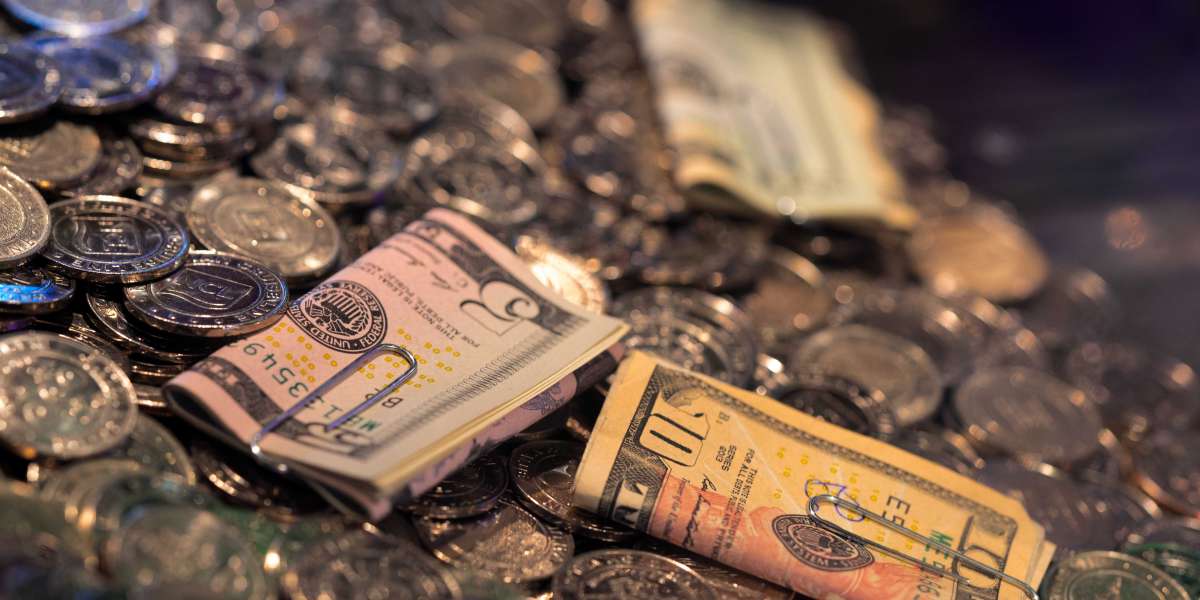Introduction:
Expressing gratitude and appreciation is a fundamental aspect of human interaction. Throughout history, individuals have found various means to convey their thanks to others. One such medium that has evolved over time is the humble thank you card. From its origins as a simple note to the elaborate and personalized cards of today, the evolution of thank you cards reflects not only changes in technology and communication but also the shifting cultural norms surrounding expressions of appreciation. In this article, we will explore the fascinating journey of thank you cards and how they have transformed through time.
Origins of Thank You Cards:
The concept of expressing gratitude through written notes dates back centuries. In ancient civilizations, people would send messages of appreciation on papyrus scrolls or even carved into stone tablets. However, the formalized thank you card as we know it today has its roots in Victorian England during the 19th century. It was in this era that etiquette and social customs held great importance, and handwritten correspondence became an essential part of communication.
The Rise of Printed Thank You Cards:
With the advent of the printing press and the industrial revolution, the production of printed materials became more accessible. This development led to the mass production of thank you cards. Initially, these cards featured simple designs and generic expressions of gratitude. They allowed people to conveniently convey their appreciation without the need for extensive personalization.
Personalization and Artistry:
As the 20th century dawned, thank you cards began to take on a more personalized and artistic form. Elaborate designs, embossed patterns, and decorative motifs became popular. Calligraphy and hand-drawn illustrations added a touch of elegance and individuality to these cards. People started to view thank you cards not only as a means of expressing gratitude but also as an opportunity to showcase their creativity and taste.
Thank You Cards in the Digital Age:
The advent of digital technology in the late 20th century brought about significant changes in communication and social interactions. Email, social media, and instant messaging platforms revolutionized the way people express gratitude. Consequently, the traditional thank you card faced competition from virtual alternatives. E-cards and online templates made it easier and more efficient to send messages of appreciation.
Modern Thank You Cards: A Blend of Tradition and Technology:
Despite the rise of digital communication, thank you cards have not lost their relevance. In fact, they have adapted to the changing times. Today, we witness a blend of traditional and modern elements in thank you cards. While classic designs and handwritten notes continue to hold sentimental value, technological advancements have allowed for customization and convenience. Online platforms offer a wide array of templates, allowing individuals to personalize their thank you cards with photos, unique messages, and even video recordings.
Thank You Cards for Special Occasions:
Thank you cards play a particularly important role in celebrating special occasions such as weddings, birthdays, and baby showers. These events often involve receiving gifts and gestures of goodwill from family, friends, and loved ones. Sending personalized thank you cards has become a customary practice to express appreciation for such generosity and support.
Cultural and Regional Variances:
The evolution of thank you cards is not a uniform process. Different cultures and regions have their own unique customs and traditions when it comes to expressing gratitude. For example, in some Asian cultures, the act of giving and receiving thank you cards may be less common compared to verbal expressions or token gifts. Exploring these cultural nuances provides a broader perspective on the evolution of thank you cards.
Social Media Influences:
The rise of social media platforms has had a significant impact on how people express appreciation. Platforms like Facebook, Instagram, and Twitter have introduced new ways to publicly acknowledge and thank individuals. Publicly tagging or mentioning someone in a post or comment has become a contemporary form of expressing gratitude, often reaching a wider audience than traditional thank you cards.
Environmental Considerations:
As society becomes more conscious of environmental sustainability, the production and consumption of physical thank you cards have faced scrutiny. Many individuals are opting for digital or eco-friendly alternatives to reduce waste. This shift has led to the emergence of e-cards, which allow for the expression of gratitude while minimizing the environmental impact associated with traditional paper cards.
DIY and Handmade Thank You Cards:
Another trend that has gained popularity in recent years is do-it-yourself (DIY) and handmade thank you cards. With the advent of crafting communities and online tutorials, individuals have embraced the opportunity to create personalized cards using various artistic techniques. Handmade cards not only add a personal touch but also showcase the effort and thoughtfulness put into expressing gratitude.
Visit to:- company party ideas
Corporate and Business Thank You Cards:
Thank you cards are not limited to personal relationships; they also play an important role in the business world. Companies often use thank you cards as a means to express appreciation to clients, customers, and business partners. The design, quality, and personalization of these corporate thank you cards can influence professional relationships and leave a lasting impression.
Conclusion:
The evolution of thank you card reflects the ever-changing landscape of human communication. From humble handwritten notes to personalized and technologically enhanced cards, expressing gratitude has transformed through time. Despite the rise of digital alternatives, thank you cards continue to hold a special place in our hearts, allowing us to convey genuine appreciation in a tangible and thoughtful manner. Whether it's a simple gesture or an elaborate expression, the act of saying "thank you" remains a powerful way to strengthen relationships, foster goodwill, and spread positivity in our interconnected world.








